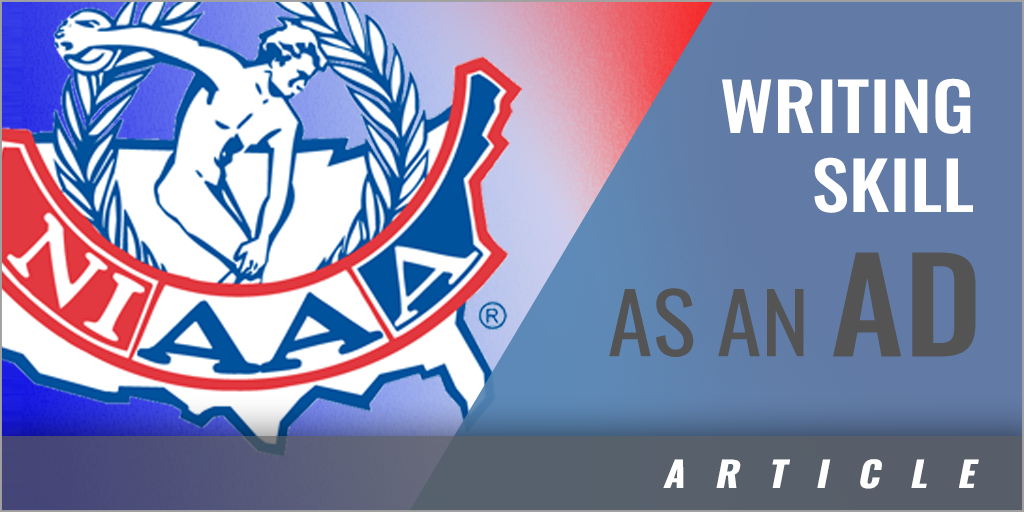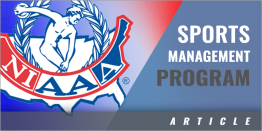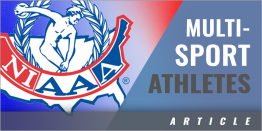|
By: David Hoch, CMAA (Retired) Communication is an extremely important and unavoidable aspect of athletic administration. When you consider all the tasks and responsibilities involved with the position, most involve some form of communication - verbal, body language, and writing. Of the three elements, writing may be the most overlooked and, in many cases, the one which needs the most attention and improvement. In presentations to groups or in one-on-one conversations, missed items or mistakes can quickly and easily be restated and corrected. With written documents, it isn't always this simple even for those items which are posted on websites and social media. It is even more difficult for hard copy reports or articles. This means greater attention to detail and effort must be given to written materials, and this represents a challenge for many administrators. While very few find grammar to be exciting, it is an important place to start when trying to improve one's writing. The reason for is good, professional writing must be grammatically correct. After all, you function within an educational setting and there will be individuals in your community who will notice any mistakes. Whether it is right or wrong, you will be judged on your ability to communicate in written form - reports, guidelines, articles or letters, and even with e-mail. The following grammatical aspects are meant to be a good refresher of your studies - whether that's high school, college, or post-grad.
While you can easily Google grammatical questions which might occur, there are many easy-to-understand textbooks on the market. For any professional who will be called upon to do some writing in connection with their position, it would be wise to purchase or borrow one from your school's English department. Beyond the grammatical aspects, the following are some practical considerations and hints which should help to improve your writing.
Is this an exhaustive or all-inclusive list? No, it is not. However, the suggestions provide a few basic things to get you started. After reading this article, will you miraculously become a better writer? Most likely, no. If you try to incorporate a few of the suggestions, however, you may eventually see some improvement. This should be your goal. An iconic editor once stated, "If you want to write better, you have to write." This could be interpreted as practice. This is no different from most other aspects in life. However, it also means that you must want to continually progress, be willing to take advice, avoid repeating mistakes, and work at the craft. Writing is not necessarily a gift. It is a skill which can be improved through time and concerted effort. Are you ready to get started on your journey to expand and develop? Athletic administrators should write well in order to be understood and taken seriously as a professional. Sidebar - Writing for Publication Once you have a handle on some of the basics of writing, the thought of possibly trying to get an article published may occur to you. Beyond the technical aspects of putting a draft together, there are some steps and ideas which should help in meeting this goal. First, there are two basic classifications or categories of articles - solicited and unsolicited. If an editor or committee asks someone to write an article on a specific topic, this is a solicited article. When this draft is submitted, it is still subject to editing. Unless the document is very poorly constructed and misses the parameters of the topic, the chances of it being published are usually high. When an individual has an idea, works on refining a written copy, sends the final draft to an editor or committee for consideration, this is an unsolicited article. The submission is reviewed, and a final determination is made on whether it's accepted for publication, rejected, or returned for a rewrite. This process could take several months, and, with a rewrite, the article will be reviewed again after it is resubmitted. How do you get started?
While getting an article published is not necessarily easy or guaranteed, it is normally exciting and a thrill for most authors once it occurs. If you have a great idea, give it a try. |






